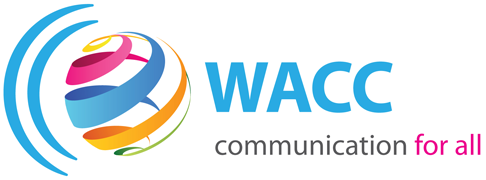05 May 2021 Research on gender equality in the news is critical and it needs more funding
Sarah Macharia, co-ordinator of WACC’s Global Media Monitoring Project (GMMP) has underscored the importance of funding gender data building initiatives such as the GMMP and the recently launched Comparing Gender and Media Equality Across the Globe (GEM) report and dataset saying, “there’s a real risk...








